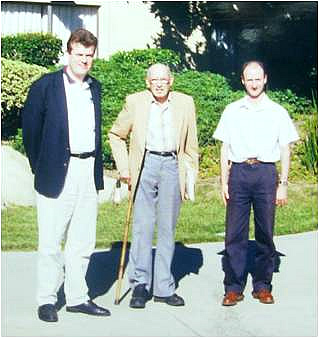Britain has an outstanding record of invention but often misses out on exploitation. It’s hard to get risk capital to turn technology ideas into market winners. However, it’s not just the absence of capital that causes problems:
- Entrepreneurs often don’t understand how to create investable propositions
- They focus on the wrong activities that alienate time-pressured investors
Furthermore, investors often don’t understand technology preferring a clearer path to profits through mature enterprises.
It’s a shame, because well executed projects that resolve technology risk in the context of strong market pull leads to the greatest value for both investors and the UK. It worked for us in the industrial revolution and today we simply can’t afford to miss the boat.
So what do I propose?
- An investment internet portal that makes donating funds as easy as using the “Just Giving” charity site
- Simpler financial compliance by limiting donations to small sums of money – micro-investments
- The hosting of educational materials to help entrepreneurs create a perfect “dragon’s den” pitch
The commercialisation of this innovation launch machine will be through modest membership fees and a percentage of funds raised.
Imagine a UK that boasted more than just pioneering research and development, but that can claim to be the “first stop” for all the world’s entrepreneurs who wish to get their innovations off the ground. This would lead to a huge influx of ideas that would power our prosperity for the next century as well as solving some of the world’s most pressing problems.
I’m Raglan Tribe and I’m looking for the Technology Strategy Board prize to get my idea of the ground. Specifically,
- The development of a legally compliant micro-investment portal with tracking and audit to ensure that investors get a great deal
- The inclusion of e-learning to ensure that participants know how to deliver solid investment plans
- The inclusion of sociable viral technologies for promoting entrepreneur pitches and rounding up a large audience of micro-investors
- And lastly of course, the exposure and credibility that comes from winning this competition



 Counterfeiters want to make a killing from your intellectual property and when it comes to faking drugs they often do. Criminals can make more money from illegally trading pharmaceuticals than narcotics and the penalties are much lower.
Counterfeiters want to make a killing from your intellectual property and when it comes to faking drugs they often do. Criminals can make more money from illegally trading pharmaceuticals than narcotics and the penalties are much lower. Lessons can be learnt from the banknote industry where they have successfully grappled with the problem for the last 300 years. Essentially they take a systems approach with an extensive infrastructure for managing the cash cycle. There are comprehensive accounting systems with appropriate automation for quickly spotting irregularities. Banknotes are serialised with multiple security features and layers.
Lessons can be learnt from the banknote industry where they have successfully grappled with the problem for the last 300 years. Essentially they take a systems approach with an extensive infrastructure for managing the cash cycle. There are comprehensive accounting systems with appropriate automation for quickly spotting irregularities. Banknotes are serialised with multiple security features and layers.

